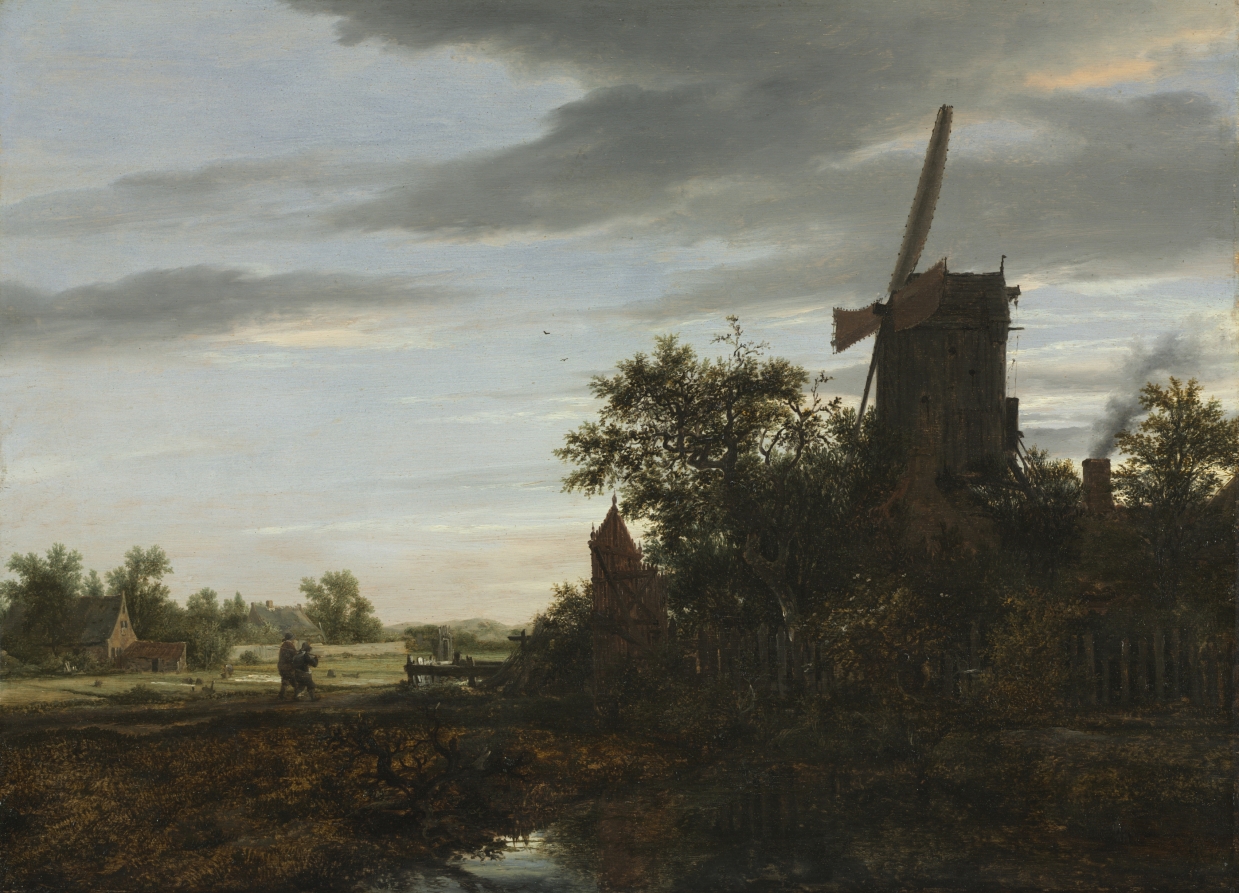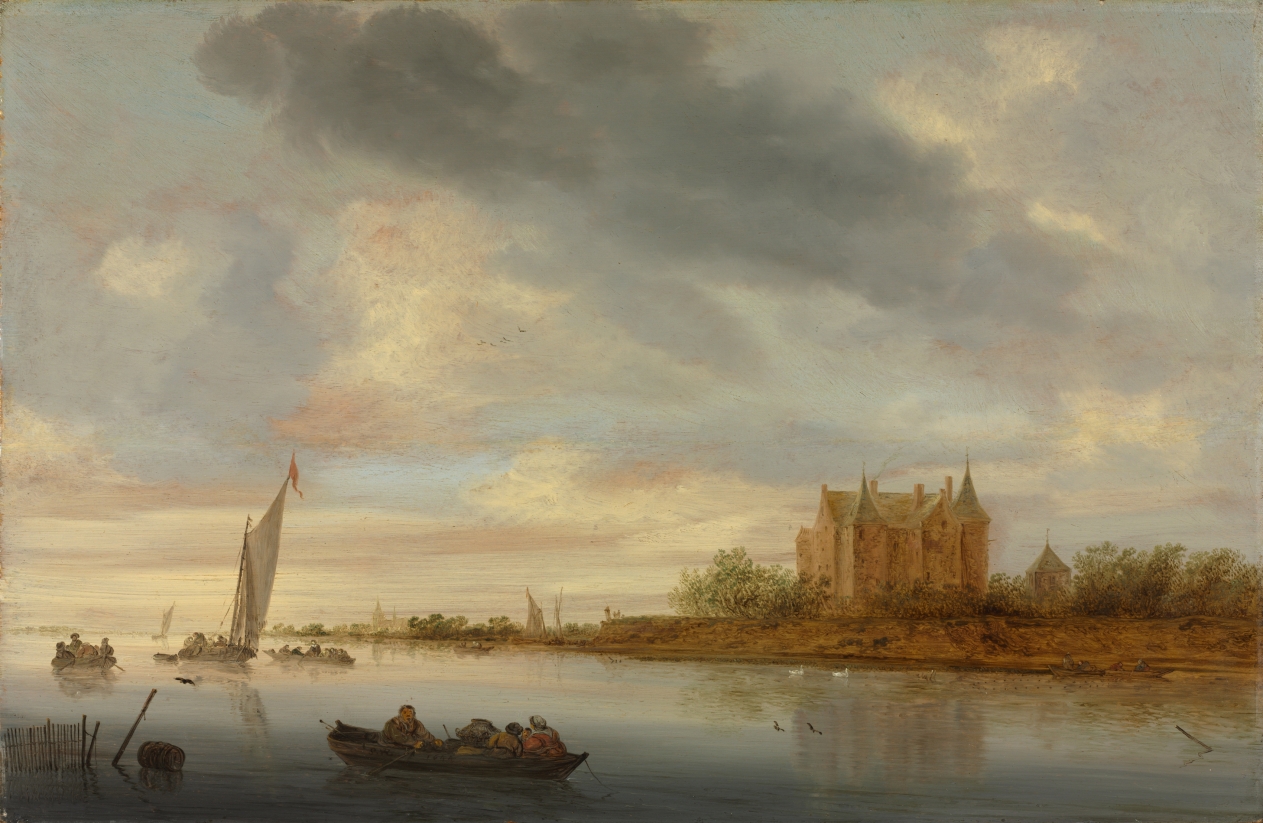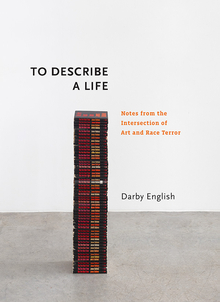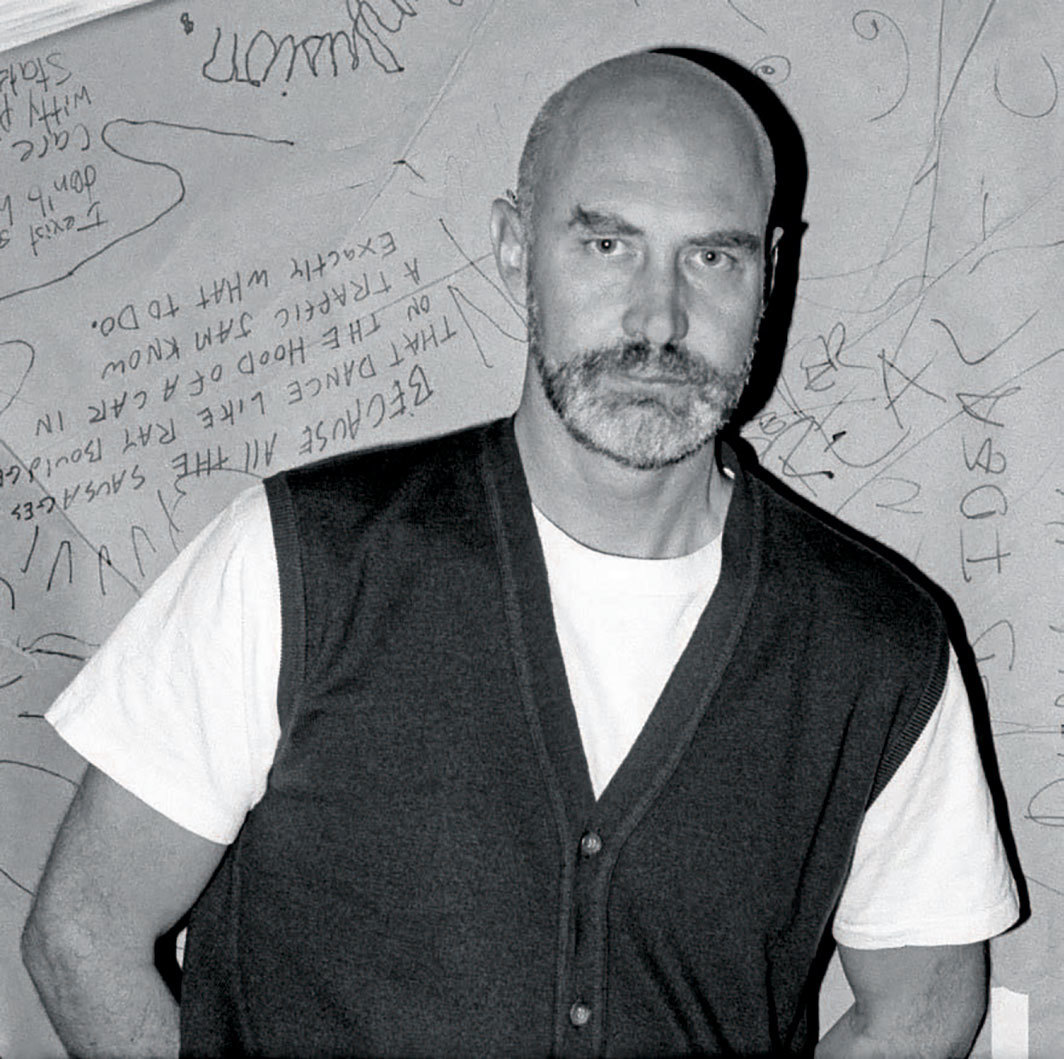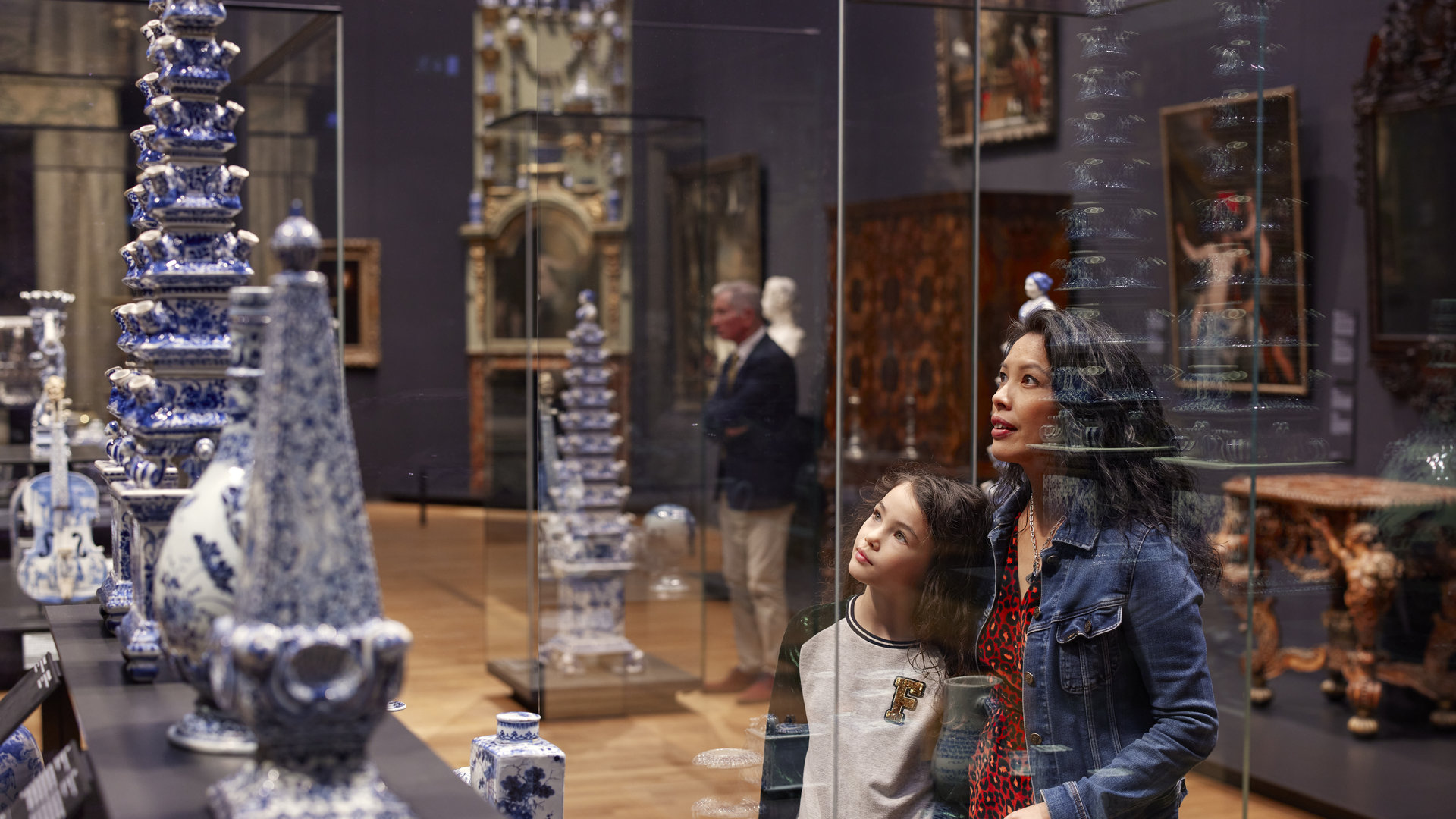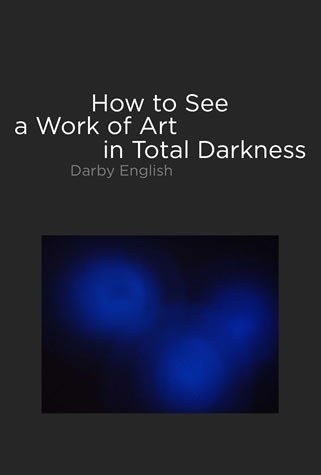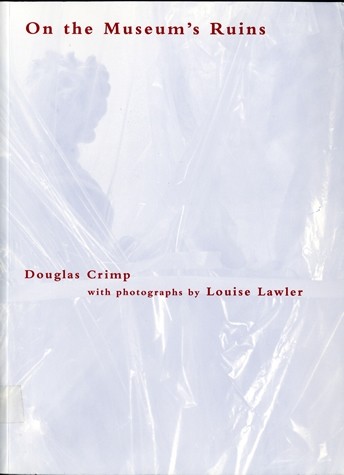“How to Look with Soft Eyes”: Darby English on Description as Method
“One way I have found to establish, within a text or within the discipline, some prominence for the truth of the object . . . is to describe it as faithfully as I can, without essentializing what is fiction, without suggesting that another describer might see a very different thing.”
In this episode
Caro Fowler speaks with Darby English, the Carl Darling Buck Professor of Art History at the University of Chicago. In this conversation they discuss Darby’s early affinity with Dutch seventeenth-century painting, his belief in the vital role description plays in art historical writing, and the necessity of developing slow looking in opposition to the velocity that characterizes culture production and our lived experiences more broadly.
TRANSCRIPT
As Carl Darling Buck Professor of Art History and associate faculty in both the Department of Visual Arts and the Center for the Study of Race, Politics, and Culture at the University of Chicago, Darby English’s work addresses subjects in cultural studies as well as modern and contemporary American and European art produced since the First World War. Publications include three monographs, To Describe a Life: Notes from the Intersection of Art and Race Terror (Yale, 2019), 1971: A Year in the Life of Color (University of Chicago, 2016), and How to See a Work of Art in Total Darkness (MIT, 2007), along with three edited volumes. Darby worked with Michael Ann Holly to create the Research and Academic Program in the late 1990s and from 2013 to 2015 he returned to serve as director of RAP. The College Art Association awarded Darby the 2020 Frank Jewett Mather Award, and he will deliver the 2020–2021 West Memorial Lecture at the Stanford Humanities Center.
This conversation was recorded on October 15, 2020.

